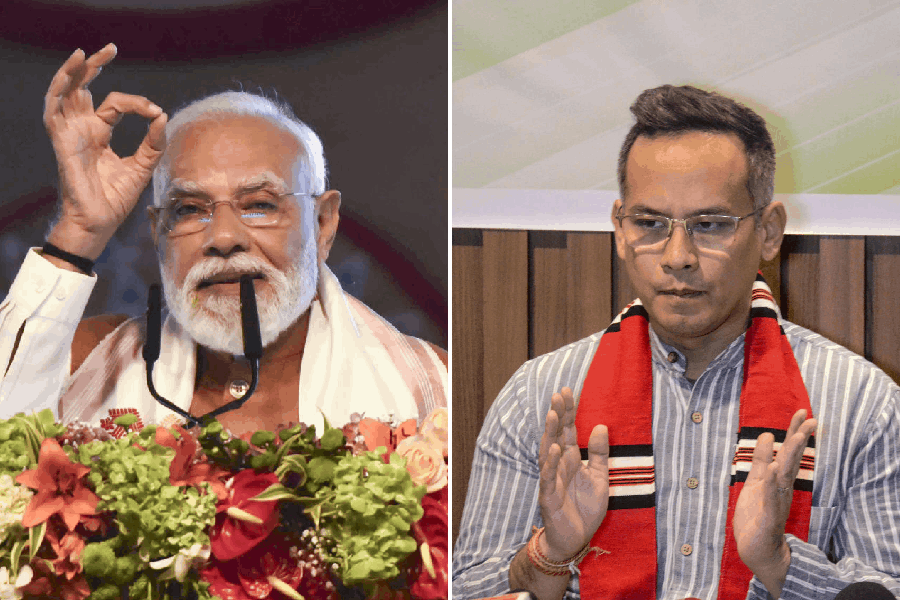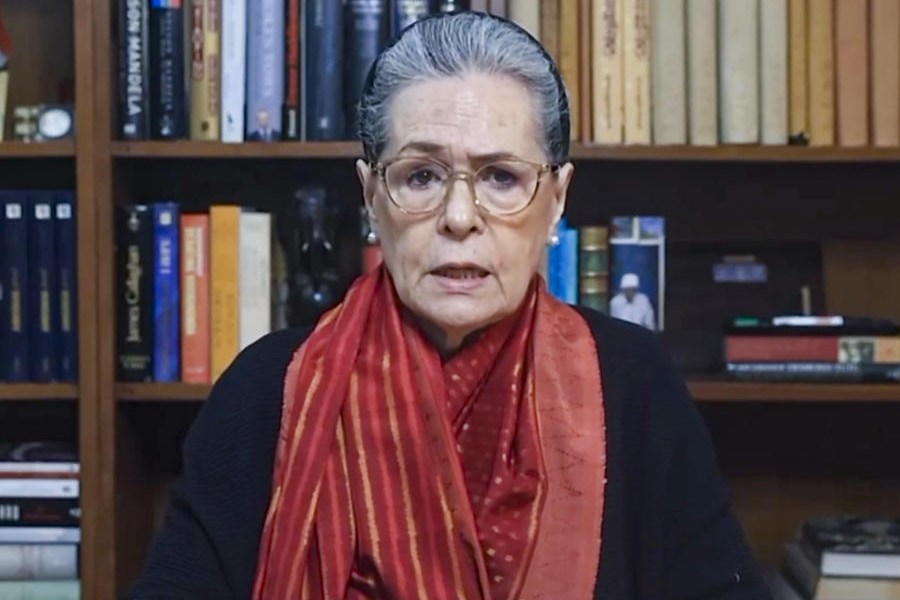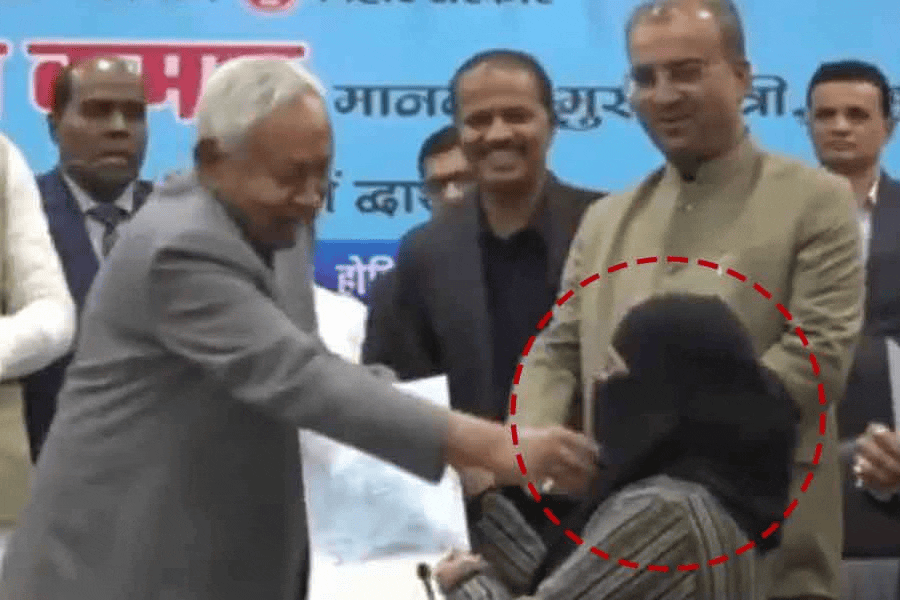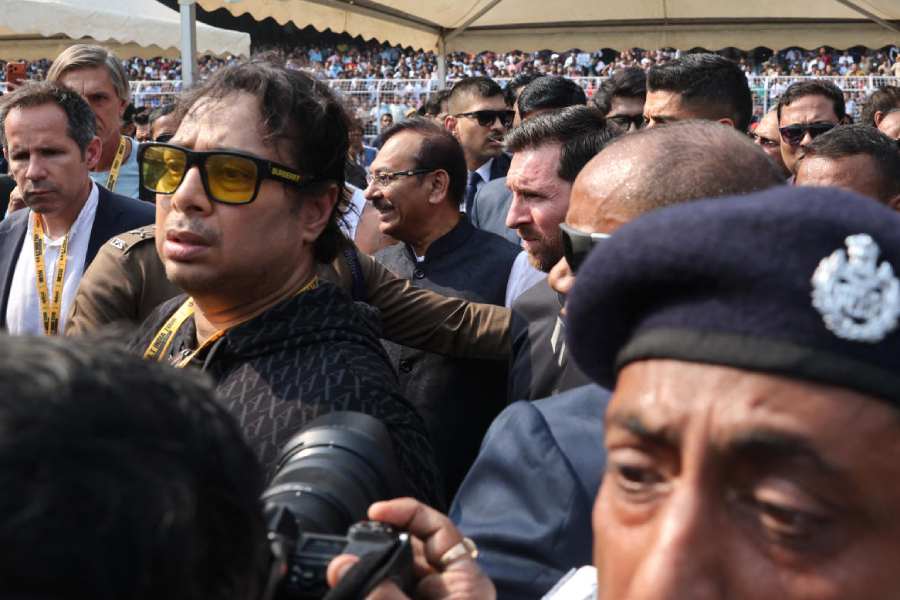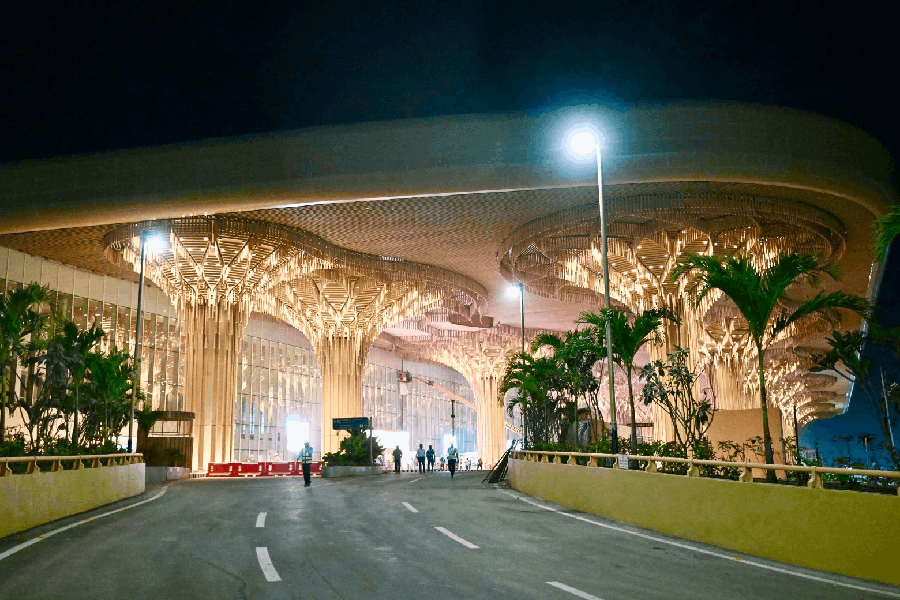New Delhi, July 1: P. Chidambaram is not the only person to publicly call Narendra Modi a “very divisive figure”. The finance minister said today that because Modi was highly “divisive”, there was a “lot of rebellion” against him in the BJP itself, “starting at the very top”.
Chidambaram’s views were echoed by a columnist in the latest issue of the RSS’s English mouthpiece, the Organiser.
T.V.R. Shenoy, a former editor of The Week news weekly who now contributes regularly to the Organiser, labelled the Gujarat chief minister a “polarising figure” and warned that “making him the star of the BJP could boomerang on the party”.
Asked if the column was sanctioned by the Sangh leadership, an insider said: “We try to balance all shades of opinions. Shenoy is a veteran writer. Pro-Modi pieces are often carried, too. But fundamentally, there is no confusion in the RSS over Modi’s central projection. The leaders figured out that there is no other option. The stories of differences within the RSS are speculative, make no mistake.”
In a column titled “What kind of government you want?” Shenoy —considered to be an integral part of L.K. Advani’s inner circle of thinkers and opinion-moulders —wrote that the Nitish Kumar-Modi “battle” was “for nothing less than the Prime Ministership of India”.
“Both Modi and Nitish believe —probably correctly — that they are each other’s most formidable rivals for the post, and are positioning themselves accordingly,” contended Shenoy.
Shenoy was a catalyst in splitting the Samajwadi Party’s alliance with the BSP in Uttar Pradesh in 1995 and bringing the BSP and the BJP together. He befriended the BSP founder, the late Kanshi Ram, and convinced him about the BJP’s willingess to install his protégé, Mayawati, as chief minister in place of Mulayam Singh Yadav.
Kanshi Ram shed his ideological hang-ups about the BJP and the pact was finalised between him and Advani and Atal Bihari Vajpayee at a family event of the Shenoys in southern India.
In the article, Shenoy said Modi’s position was “more direct and arguably more democratic” because his belief was the BJP stood the “best chance” of forming the next government only by winning a maximum number of seats on its own. “Maximum” for Shenoy was “say, 200 seats”.
He, however, cautioned there were risks inherent in this strategy. “First, Modi is a polarising figure, and making him the star of the BJP could boomerang on the party,” said Shenoy.
His second argument was Modi was the first state leader from a non-Hindi speaking state to pitch for leadership of the Hindi heartland. Insinuating that such an objective could be cheeky, the writer noted: “This is something that even Sardar Patel and Morarji Desai never attempted, although it goes without saying that those were different times.”
Nitish, claimed Shenoy, adopted a “more shadowy path” by reverting to the 1990s’ model.
What is the model? It “does not inform the voter who was the PM candidate” and furthermore, “gloried in keeping out the largest party in the Lok Sabha”.
Shenoy claimed that in 1989, the Congress won 197 seats and was well ahead of the Janata Dal that won 143 seats.
“But V.P. Singh became the PM by playing on the fears of both the BJP and the Left Front” and created an “idiotic situation” where three parties/formations (namely, the Congress, BJP and the Left) collectively had 334 seats in the Lok Sabha but did not sit in the Union cabinet.
“Small wonder that the ninth Lok Sabha lasted just over 15 months!” exclaimed Shenoy.
In 1989, Rajiv Gandhi, the leader of the Congress, himself refused to stake claim to form the government despite being the single largest party, after which V.P. Singh’s coalition exertions kicked in.
Shenoy said: “Nitish Kumar now wants the voter to believe that this model of governance shall succeed despite evidence to the contrary. And his weapon of choice might justly be called the 21st century version of the East India Company.”
The East India Company is Shenoy’s metaphor for a party bereft of “ideological purity” and willing to consort with friends wherever it seeks them, be it the BJP in 1989 or the Congress in 1996 (that propped up the United Front coalition). “Does this sound like a government that can lead India?” he asked.
Shenoy excluded a third player — Rahul Gandhi — from the scenarios he sketched. “Rahul Gandhi has been given chance after chance, and (he) failed each time,” he declared.


